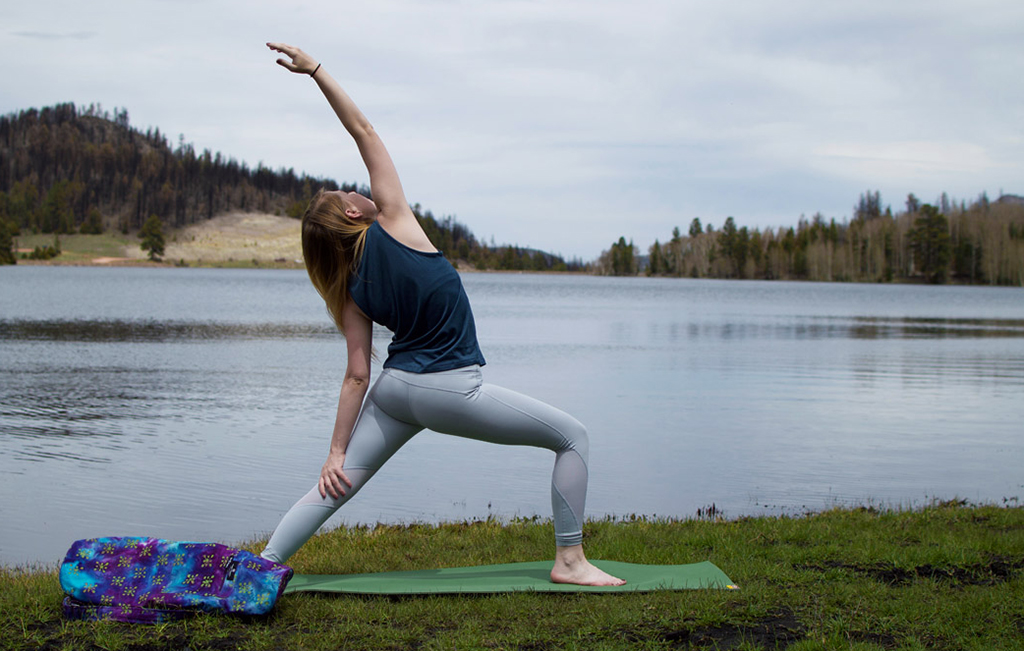
Since the yoga boom began in the early 2000s, asana practice has experienced transformation. New styles of yoga and new poses have entered the practice. Some of these innovations have come and gone; others have proven that they have staying power.
Many of these poses, such as some of the crazier arm balances, aren’t accessible to much of the population of practitioners. There are a few, though, that have proven to have staying power. Viparita Virabhadrasana (Reverse Warrior Pose) is one of these.
Popular in many Vinyasa classes, the pose has also become part of the Hatha Yoga standing pose routines. Like most standing poses, Viparita Virabhadrasana both strengthens and stretches your legs, promotes stable balance and increases spinal flexibility. It has elements of backbending and lateral bending, making it a valuable counterpose to long hours of sitting.
As with all asymmetrical standing poses, it’s important to protect your sacroiliac (SI) joint by NOT attempting to square your hips. Squaring the hips is an alignment idea that refuses to die. But it needs to. Our hips are not, in actuality, square. Trying to make them so when one leg is in flexion and the other is in extension is a recipe for future SI joint dysfunction and possible hip joint degeneration. Instead, let your hips turn toward the front leg so that both legs ground evenly. More on this below.
How to Practice
- Stand in Tadasana (Mountain Pose) on a nonskid yoga mat.
- Separate your feet a leg length apart, 2-3 feet wide.
- Extend your arms outward at shoulder level with your palms facing downward.
- Turn your entire right leg, including your foot, knee and thigh, outward 90 degrees.
- Rotate your entire left leg, including your foot, knee, thigh and pelvis, inward. Because of the myriad variations in the ways our individual hip joints are put together, that angle will be different for everyone. You can determine the angle by slowly turning your pelvis inward to the point when you feel your left foot grounding naturally. Play with it a bit.
- Bend your right knee into approximately a 90-degree angle so that your knee ends up right above your ankle.
- Take a few breaths in Virabhadrasana II (Warrior II). Let your pelvis settle into your legs and grow your waist upward out of your pelvis.
- Turn your right palm upward, and then extend your torso toward your left leg, sliding your left hand down your left leg.
- Look gently upward without straining your neck. Check your eyes. There’s a tendency for your eyes to roll up toward the tops of the sockets in this pose. This can create stress in your forehead and eyes. Instead, let your eyes be relaxed and neutral, settling back into their sockets.
- Extend your right arm upward, toward the sky, growing the right waist out of your pelvis. Imagine your ribs separating and your right waist lengthening.
- Take 5 to 10 deep breaths.
- Return to Virabhadrasana II, and then turn your feet to parallel. Rest in the center for a few breaths before practicing on your second side.
